What is Intersectional Feminism
Intersectional feminism is an approach that seeks to address discrimination arising from the intersection of various identities, such as gender, race, and class. This article will discuss examples of discrimination and possible solutions.―
Intersectional Feminism: The Key to Untangling Interwoven Discrimination
―Not All Women Are Equal.In 2018, a single photograph took social media by storm worldwide. It captured the tearful face of a Black single mother standing in the middle of a street. She had been working as a janitor at a large department store in New York but was fired due to unpaid health insurance premiums. Her tears were not just a personal sorrow. They became a voice that spoke to the world:"This is the reality of Black women."What she faced was not just economic hardship. The intersecting oppressions of gender, race, and poverty weighed heavily upon her. Recognizing this reality and seeking solutions is the essence of intersectional feminism.―
What is Intersectional Feminism?
―Lost at the Intersection of Discrimination.Feminism is often perceived as a single, uniform concept. However, in reality, not all women experience equality, and the oppression they face becomes more complex and severe as their identities intersect. Intersectional feminism is an essential approach to recognizing and addressing these intertwined discriminations.In 1989, legal scholar Kimberlé Crenshaw introduced the concept of intersectionality, pointing out that the discrimination Black women experience is different from that faced by Black men or white women. She explained that oppression is not simply additive but rather interwoven, creating structural and multifaceted problems.Crenshaw likened this to collisions at an intersection. Black women experience the impact of both gender discrimination and racial bias simultaneously, making their suffering more than just a sum of oppressions—it is an entirely unique struggle.The United Nations Women’s Organization (UN Women) defines intersectional feminism as follows:"An approach that acknowledges that social, political, and economic inequalities arise from the intersection of various identities such as gender, race, disability, and class, and seeks to address them."Want to learn more about gender equality?Check out the following articles!⇊What is Gender Neutrality?Creating a Gender Equal World―
When Intersectional Feminism Is Ignored
―Discrimination Does Not Come from Just One Direction.Discrimination never comes from just one direction. For those with intersecting identities, discrimination overlaps like a crossroads, and the impact can threaten their very survival rather than merely excluding them.One of the most notable examples is the #SayHerName movement. This movement emerged to highlight the names of Black women who lost their lives to police violence, ensuring that their deaths were not reduced to mere statistics. It gained widespread attention following the case of Breonna Taylor.In 2020, Breonna Taylor, a Black nurse, was fatally shot during a botched police raid. However, her death was not given sufficient coverage by major media outlets. This underscored the societal disregard for the lives of Black women.―
The Concrete Problems of Interwoven Discrimination
―■ Policy Exclusion: Invisible WomenPolicies often appear to be inclusive, yet they frequently exclude specific groups. For example, paid maternity leave seems like a universal right for all women, but many women of color, who are overrepresented in precarious and informal jobs, often do not qualify.■ Health Inequality: A Life-Threatening RealityAccording to the Centers for Disease Control and Prevention (CDC), the maternal mortality rate for Black women in the U.S. is three times higher than that of white women. This is not merely due to economic factors but also results from systemic racial bias and neglect within the healthcare system.The United Nations Women’s Organization reports that 35% of women globally experience physical or sexual violence, while the rate surpasses 50% for women from racial minorities.Want to learn more about gender-based violence?Check out the following articles!⇊What is Gender-Based Violence?What is Femicide?■ Social Stigma: Silencing the MarginalizedWomen facing multiple layers of discrimination—such as those with disabilities—are not only excluded but often have their very existence invalidated. This stigma silences their voices and deprives them of social participation opportunities.―
Building a Better Life for All Women
―Intersectional feminism is not just about advocating for women's rights. It centers the voices of the most marginalized and seeks to dismantle oppressive structures based on their lived experiences.(Source: ©UN. https://news.un.org/en/story/2024/03/1147362) 1. Inclusive Policy DesignPolicies fail when they exclude the needs of marginalized groups. Therefore, policy-making must consider gender, race, class, disability, and other intersecting identities.2. Education for ChangeWorkshops on intersectionality should be introduced in schools and workplaces to foster understanding and empathy regarding discrimination.3. Community CollaborationIt is essential to listen to the voices of minority women in local communities and incorporate their perspectives into policies and systems.―
Finding a Better Path at the Intersection of Discrimination
―In 2021, the United Nations proposed 10 strategies to guide those lost at the crossroads of discrimination toward a better future. These strategies are not just policy recommendations; they emphasize the fundamental attitudes and responsibilities society must uphold.1. Enact Comprehensive Anti-Discrimination Laws Many people remain unprotected by existing laws. Comprehensive anti-discrimination laws help bridge these gaps and ensure dignity for all.2. Integrate a Gender Perspective into All Policies"Neutral" policies often reflect the perspective of those in power. Gender considerations must be incorporated into all policy decisions.3. Improve Data Collection Data is not just numbers; it represents people's realities. Collecting disaggregated data (by gender, race, income, etc.) allows marginalized voices to be heard.4. Ensure Minority Participation in Decision-Making Who is making policy decisions? Representation of marginalized groups is essential for fair policymaking.5. Strengthen Educational Programs Discrimination stems from ignorance, which does not correct itself. Education is key to fostering a more inclusive society.6. Expand Legal Support Legal processes can feel inaccessible. Making legal assistance more available empowers victims to defend their rights.7. Promote Economic Empowerment Economic vulnerability increases oppression. Strengthening marginalized communities' financial independence is crucial for combating discrimination.8. Monitor Media Representation The media shapes public perception. Ensuring fair and non-discriminatory media coverage is essential.9. Enhance International Cooperation Discrimination transcends borders, so solutions must be global.
10. Link to the Sustainable Development Goals (SDGs)
Addressing discrimination benefits not only human rights but also the economy, environment, and governance.Want to learn more about global gender inequality?Check out the following article!⇊ What is the Gender Gap Index?―
Diversity is Our Strength
―(Source: instagram / gloriasteinem) "The world we want is one where no one is excluded."– Gloria Steinem –As a leading feminist figure, Gloria Steinem emphasized that true equality must be inclusive of all. Recognizing intersecting identities and dismantling oppression is the next step toward justice. Diversity is our strength, and equality must be for everyone."Our diversity is our strength. True equality must include everyone."– Gloria Steinem –Learn MoreWhat is Gender Neutrality?Creating a Gender Equal WorldWhat is Gender-Based Violence?What is Femicide?What is the Gender Gap Index?Written by Sharon ChoiDirector of PlanningSunhak Peace Prize Secretariat
24 February 2025
 What is Intersectional Feminism 24 February 2025
What is Intersectional Feminism 24 February 2025 What is a Dignity Kit? 24 December 2024
What is a Dignity Kit? 24 December 2024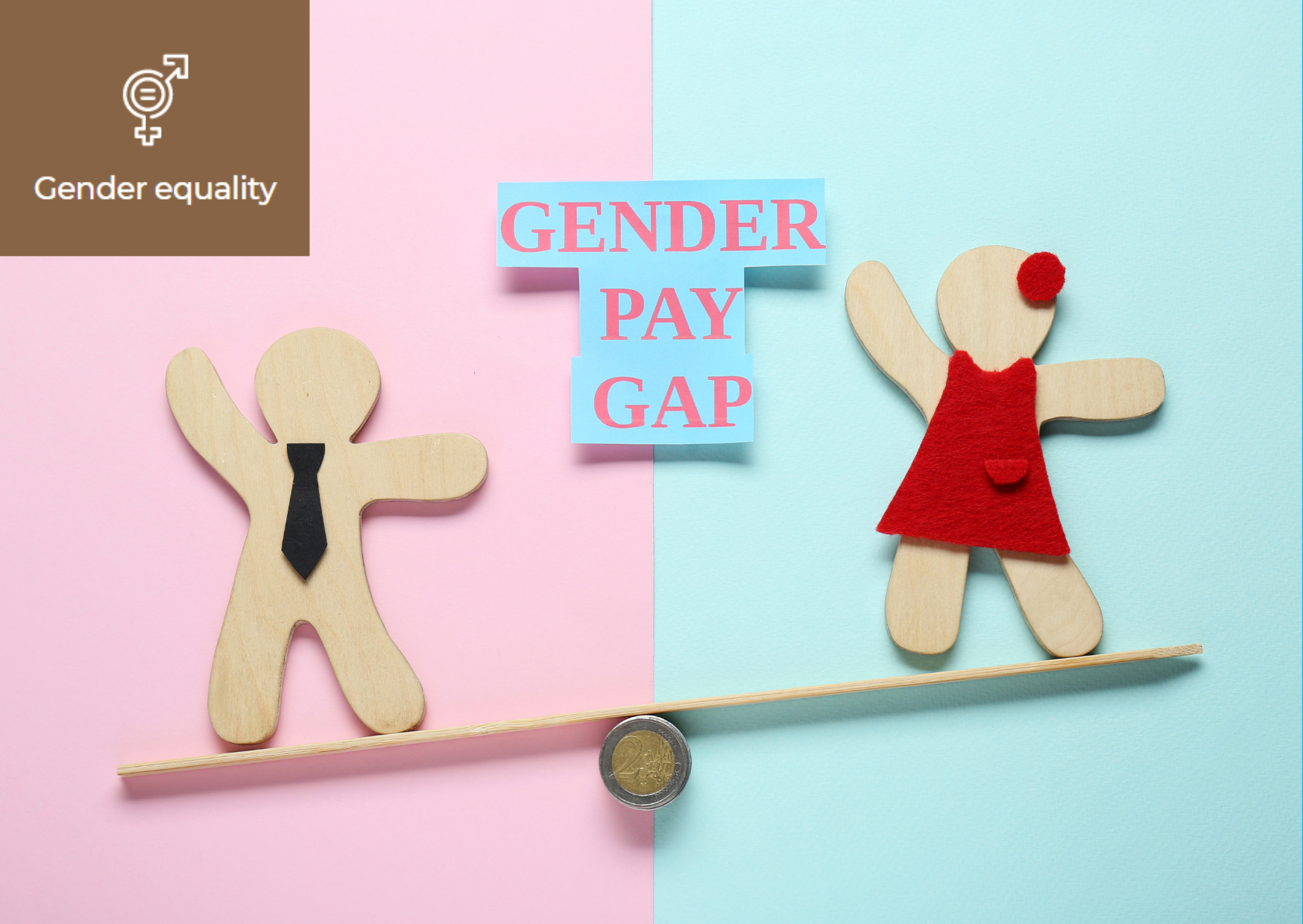 What is the Gender Pay Gap? 21 August 2024
What is the Gender Pay Gap? 21 August 2024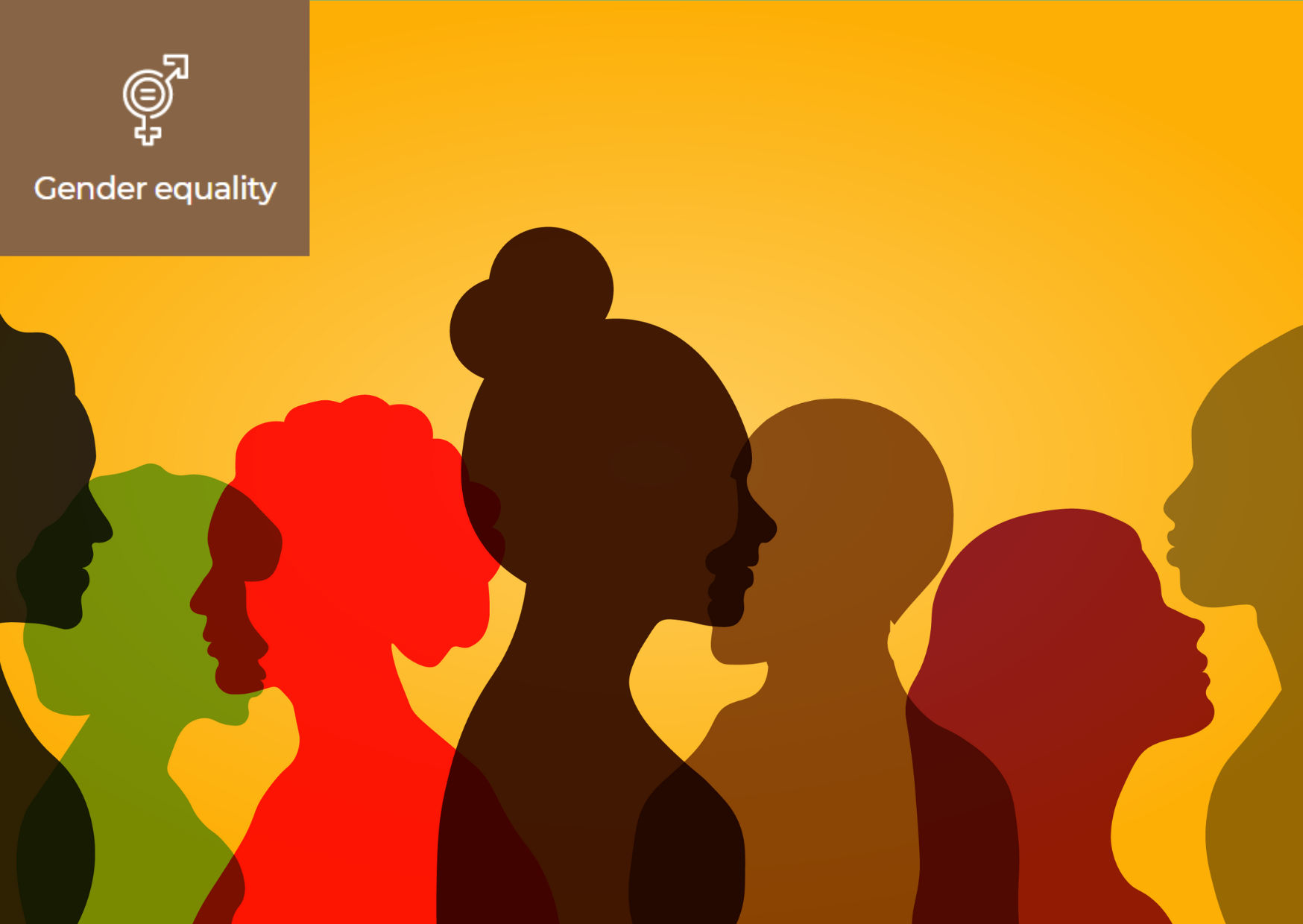 What is Femicide? 8 July 2024
What is Femicide? 8 July 2024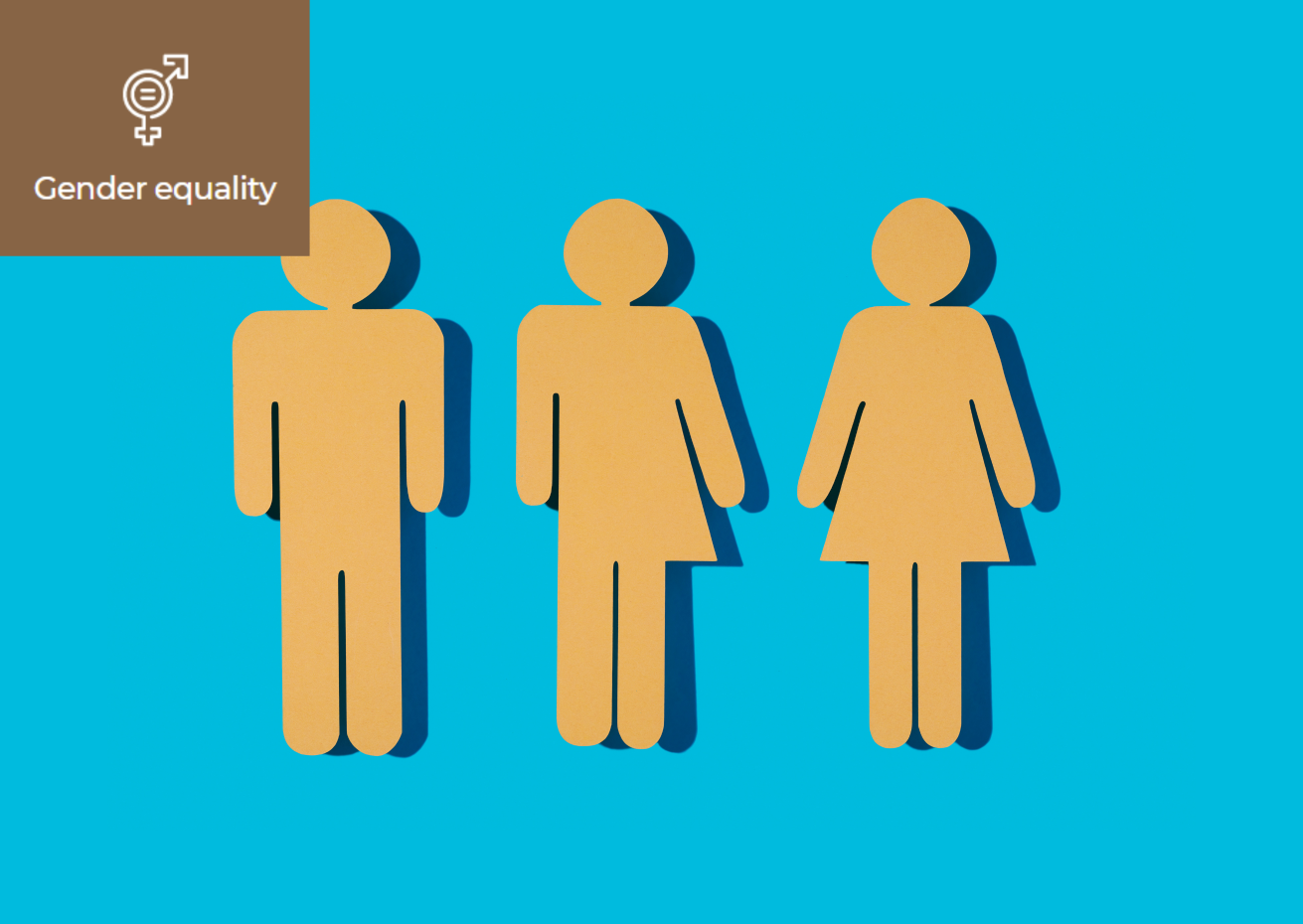 What is Gender Neutrality? 1 April 2024
What is Gender Neutrality? 1 April 2024 What is child marriage? 26 December 2023
What is child marriage? 26 December 2023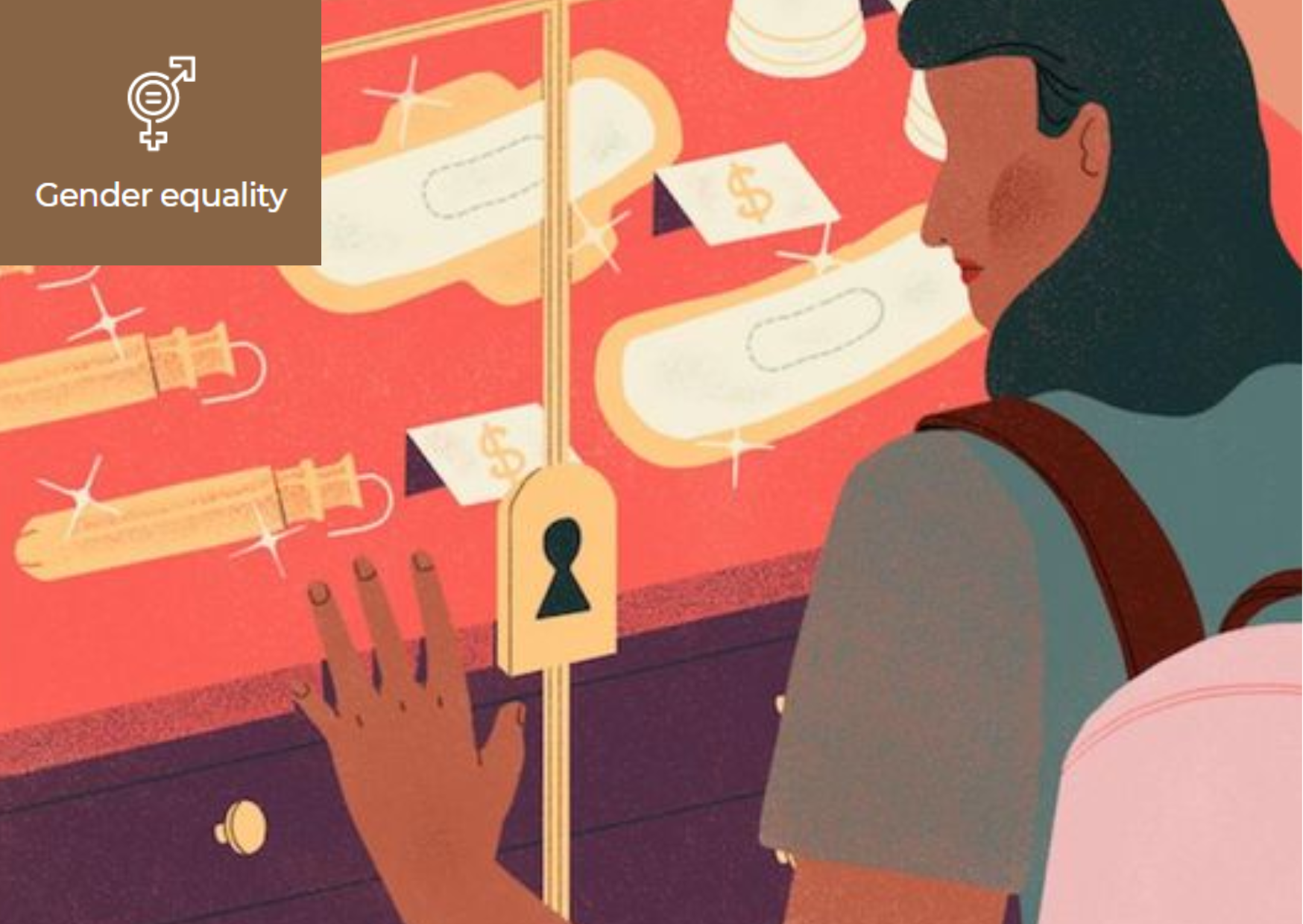 What is Period Poverty? 18 September 2023
What is Period Poverty? 18 September 2023 What is Gender-based Violence? 20 February 2023
What is Gender-based Violence? 20 February 2023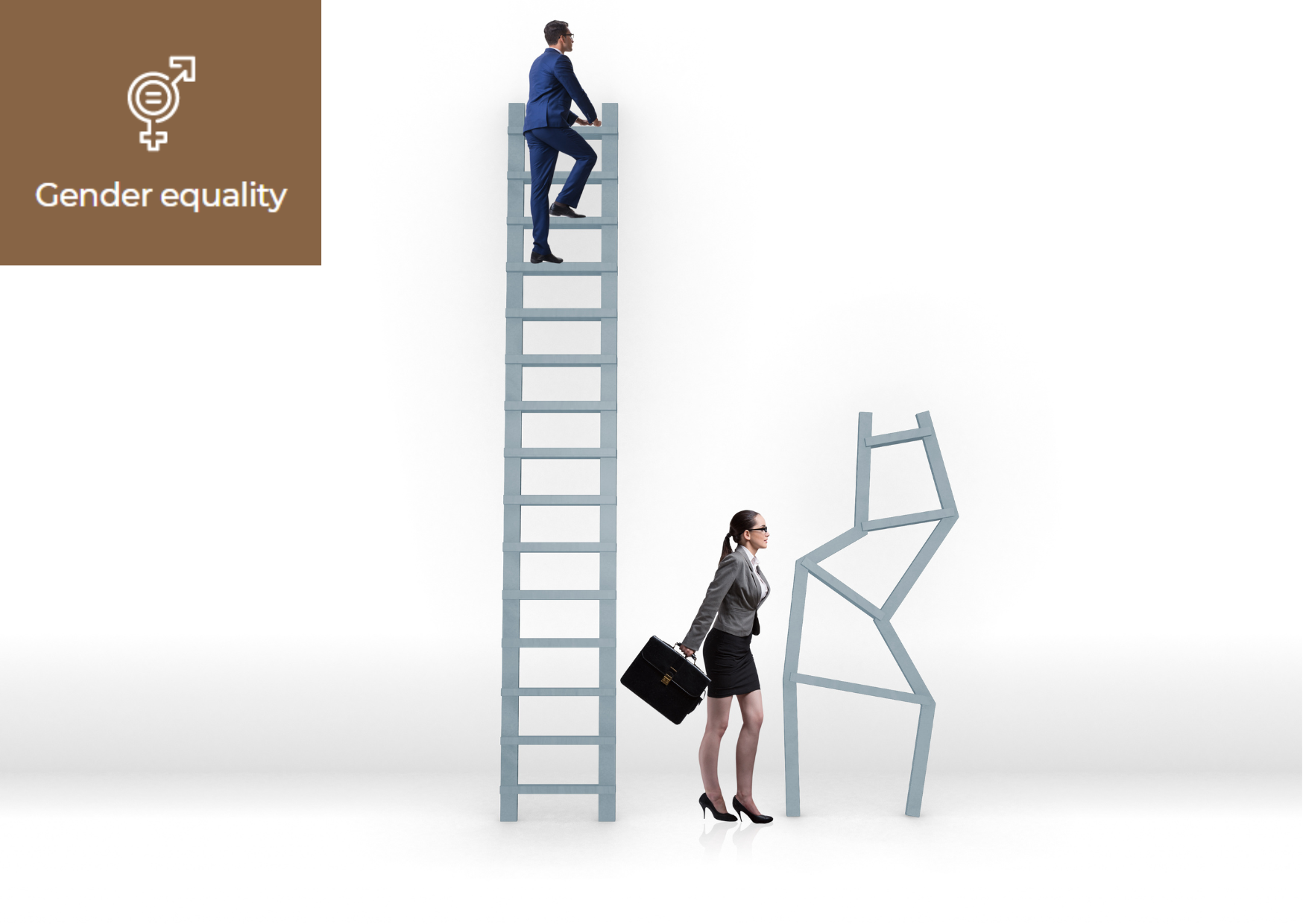 What is Gender Gap Index? 6 February 2023
What is Gender Gap Index? 6 February 2023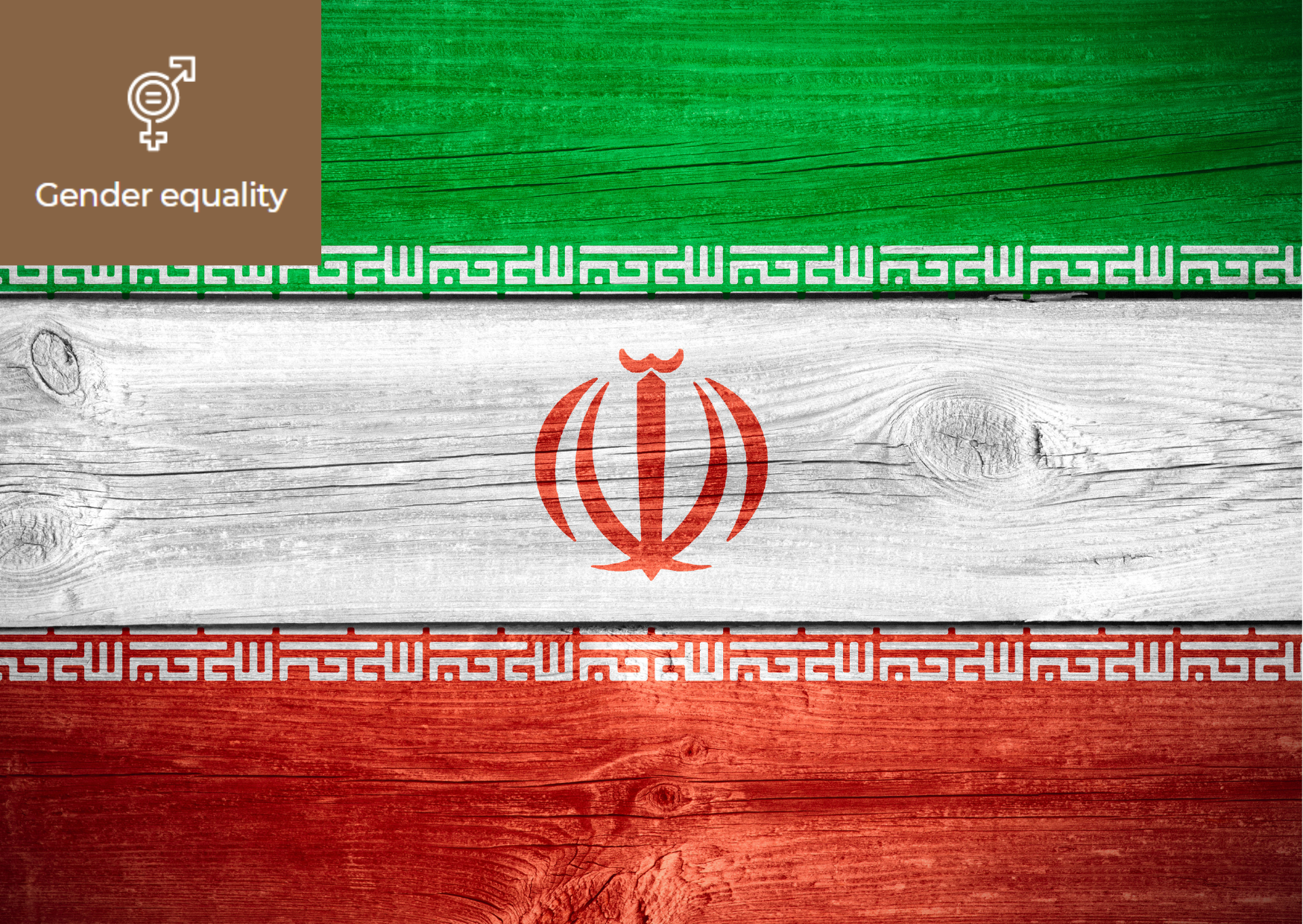 Reason for her Death: Improper Hijab 5 October 2022
Reason for her Death: Improper Hijab 5 October 2022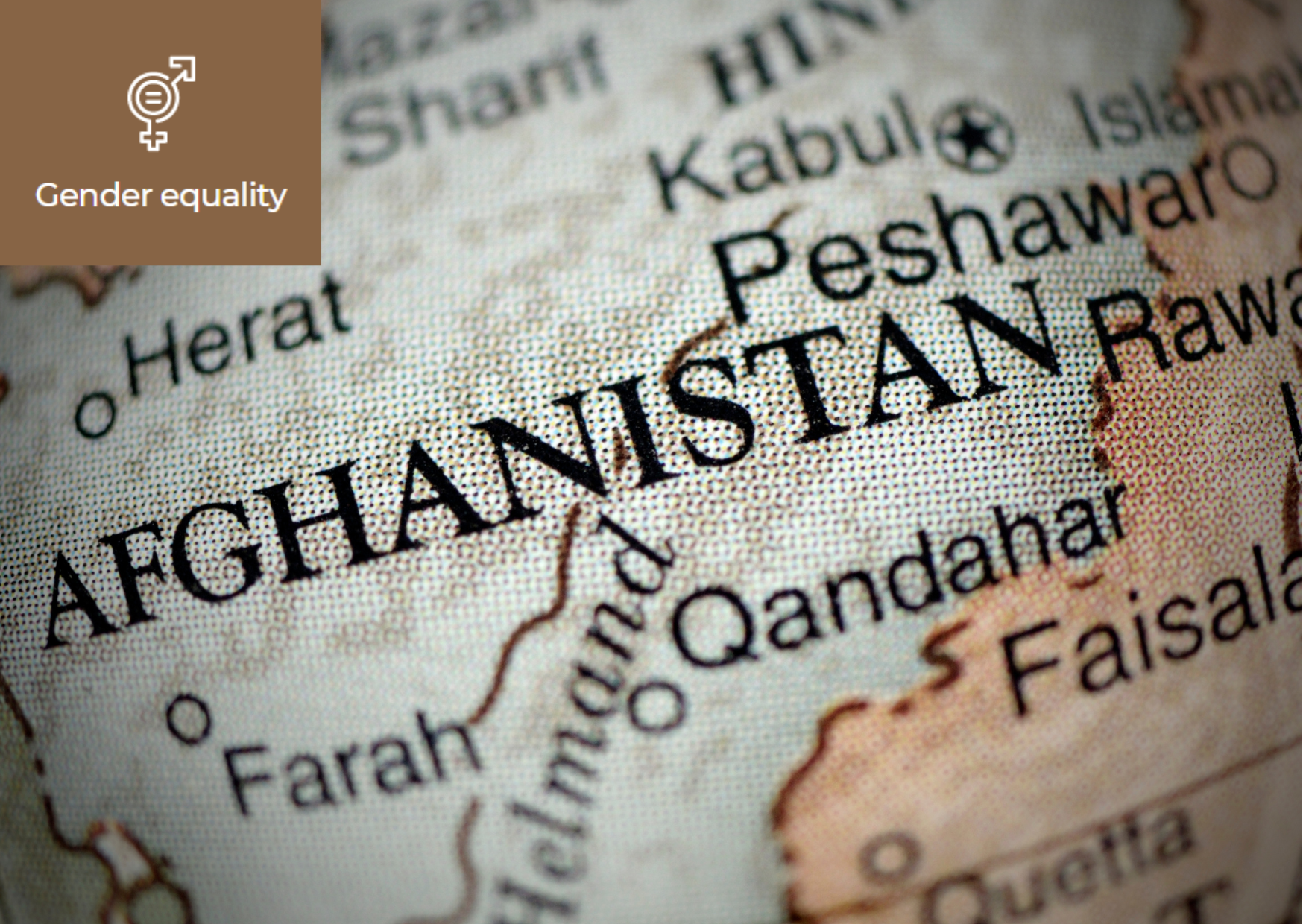 The endless suffering of women in Afghanistan 22 August 2022
The endless suffering of women in Afghanistan 22 August 2022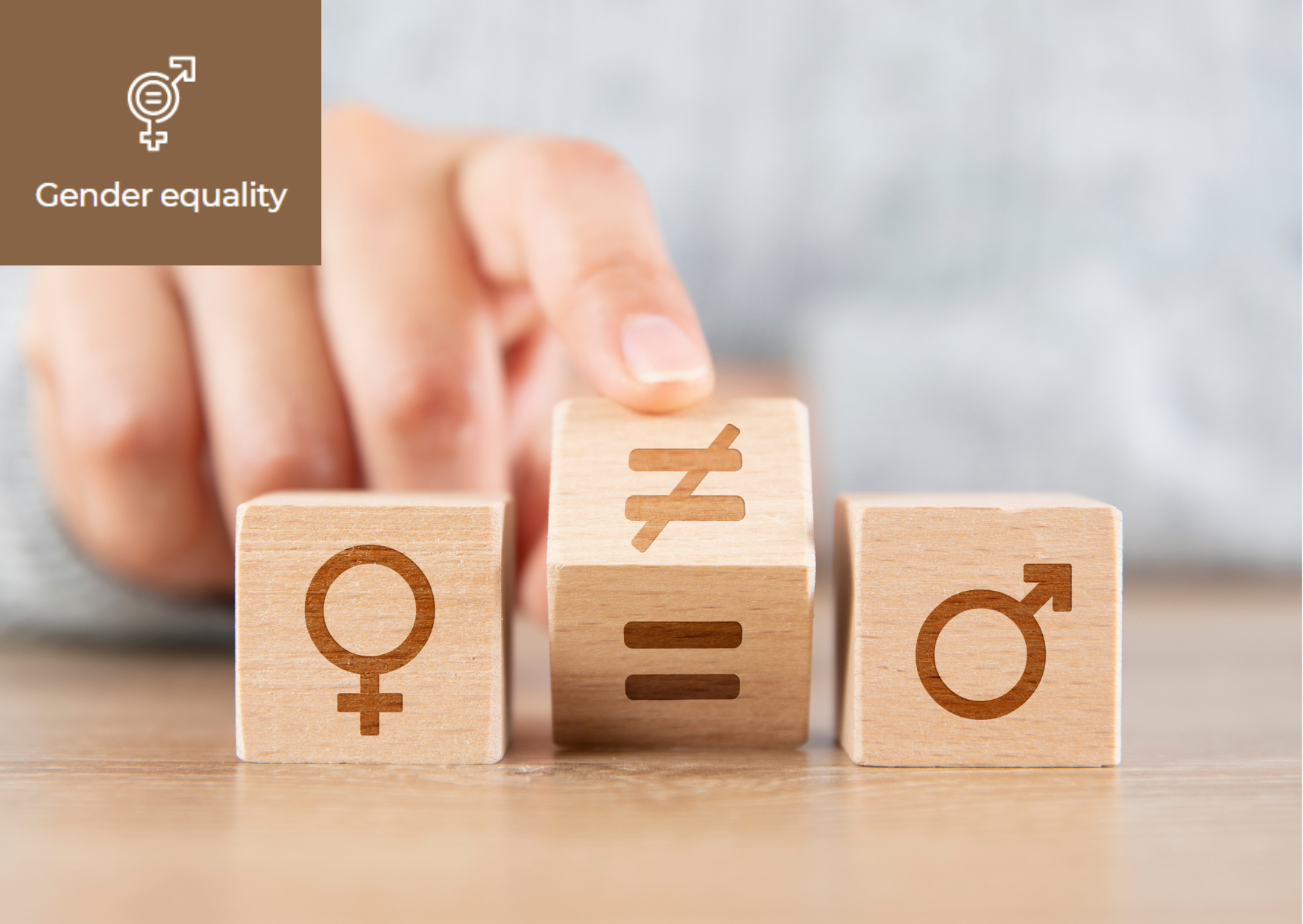 Time to reach gender equality: 132 years 10 August 2022
Time to reach gender equality: 132 years 10 August 2022
